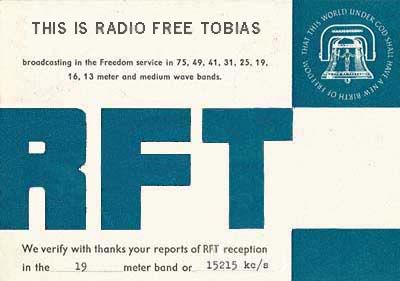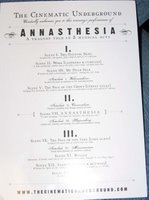Miranda Sound - Western Reserve

Certain types of images are conjured when one tries to picture local music.
At the very bottom rung of this figurative ladder is the quintessential local band: a bunch of shaggy late-teens to twenty-somethings playing in a dive-bar, possibly new to their instruments, possibly intoxicated. This band makes noise that is cringe-inspiring to young children and the elderly alike. They will play songs about their dead-end jobs, which eventually become their dead-end careers when the band tanks (just when they were totally about to make it).
While this stereotype originates in truth, as most stereotypes do, bands like Miranda Sound are fighting the good fight for quality music local to our fair metropolis. Western Reserve, released on Columbus label Sunken Treasure Records, is Miranda Sound’s third full-length album.
The members of Miranda Sound list among their major influences Jawbox (the legendary J. Robbins was a member) and The Dismemberment Plan (whom Robbins worked with as a producer). As fate would have it, Miranda Sound was able to enlist Robbins’ highly coveted services as a producer, engineer and guest musician on Western Reserve. According to Robert Duffy, owner of Sunken Treasure Records, Robbins agreed to work with them after hearing Engaged in Labor, Miranda Sound’s second LP.
Western Reserve thoroughly blends the band’s varied influences. From the energetic guitar driven power-pop of tracks “Jackson Milton” and “We’re Making Amends” to the offbeat, mathematical “Control” and the ethereal “Take it Where You Can Get It”, the album covers a lot of musical ground. However, it is paced and ordered so well (typical of Robbins’ projects) that the transition turns like the minute hand of a clock – so gradual that it’s barely noticeable. Robbins’ clean and able production highlights the precise rhythm of the band, fitly complementing the confidently written melodies.
The lyrics condense the struggles and insecurities experienced over a lifetime, and a Midwestern chip on the shoulder is visible at all times. This is particularly true in “The Lull of Youngstown”, which deals with making a “grand escape” from a dull and lifeless town after graduating from high school. I think anyone who grew up in Ohio can relate with that.
There are very few misses on this album, but the calculator metaphor on “Calculator for Words” is pretty lame (“multiplying adjectives and nouns you get verbs/when you finally press the equals sign”). The lyrical content as a whole is very straightforward, and it struggles a little when it strays from that.
With several songs that seem to be ready for heavy play on alternative and even mainstream radio, Western Reserve is a great achievement for the band, especially in light of the adversity they’ve had to overcome (accidents, roster changes, etc). Miranda Sound has made good use of the pressure, as Western Reserve is a polished gem of an album.





